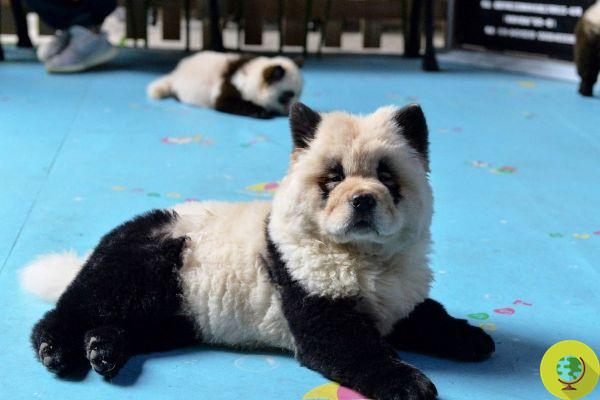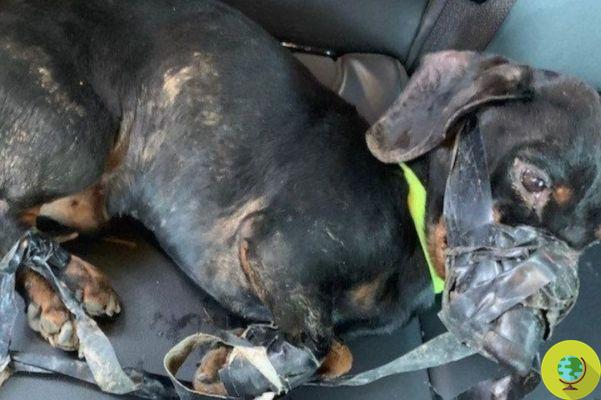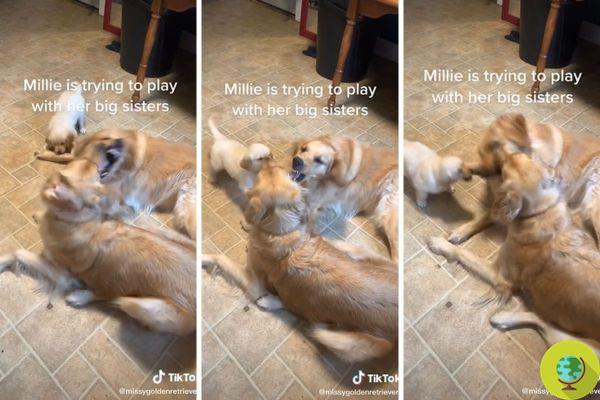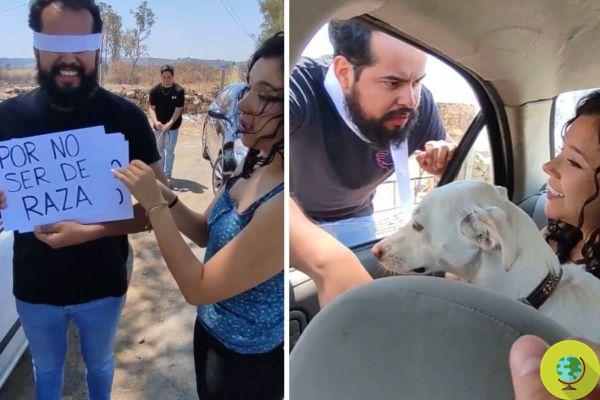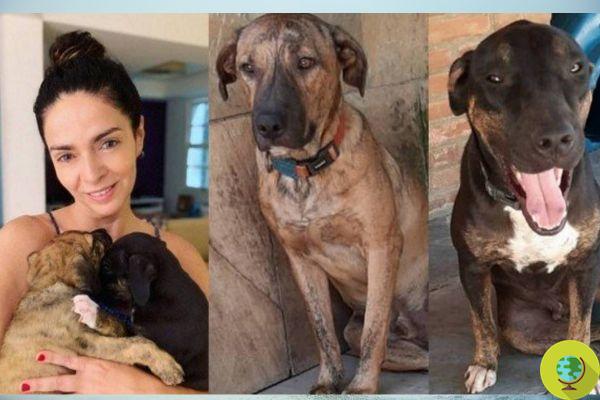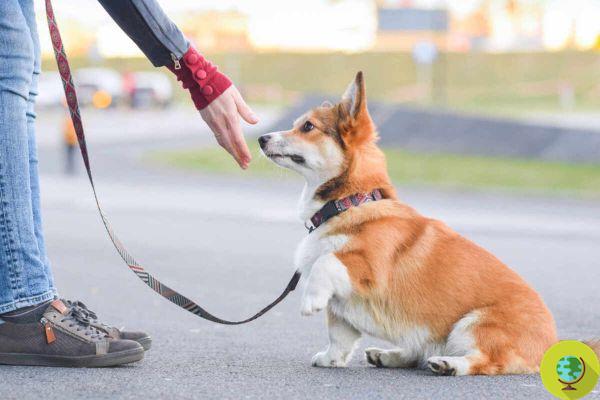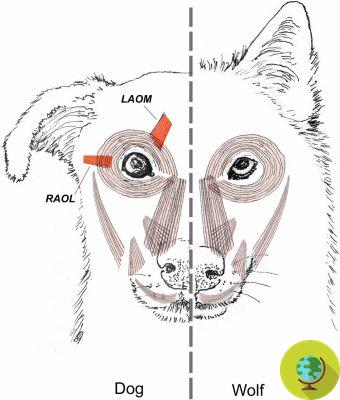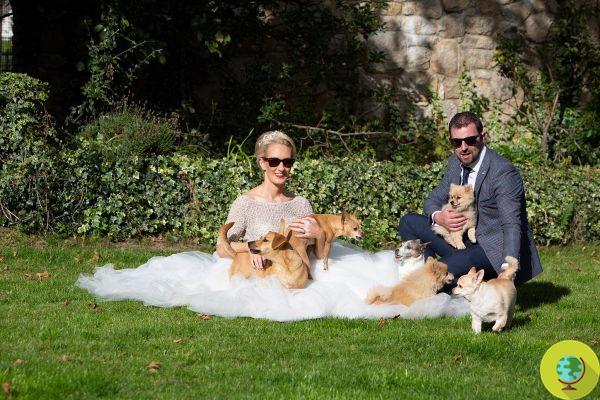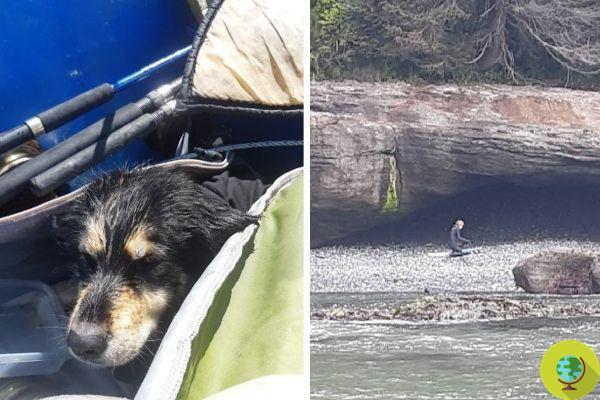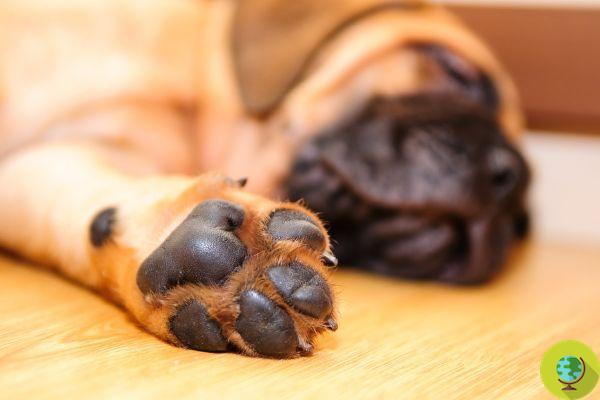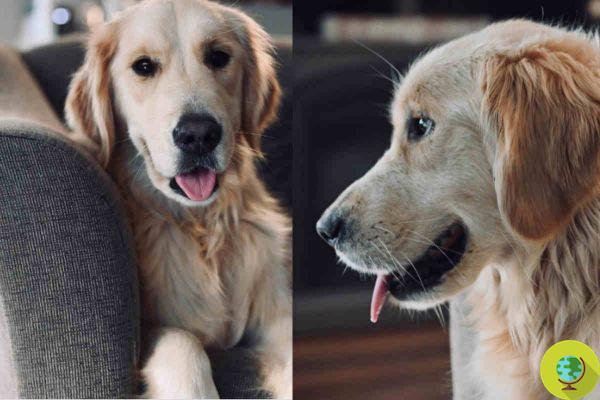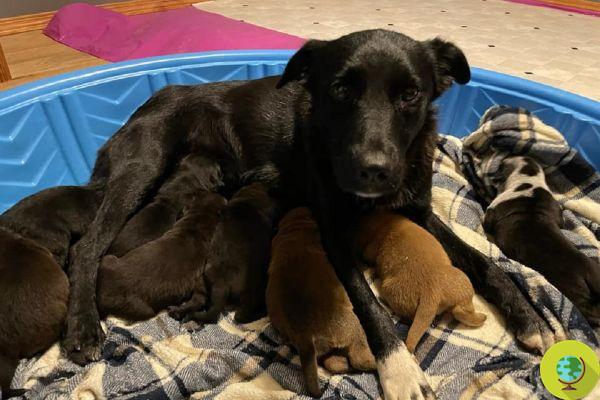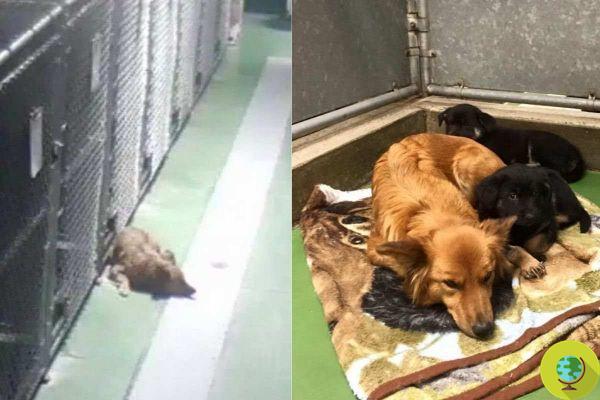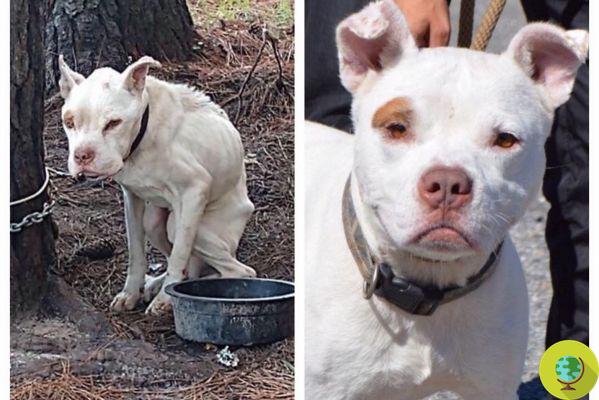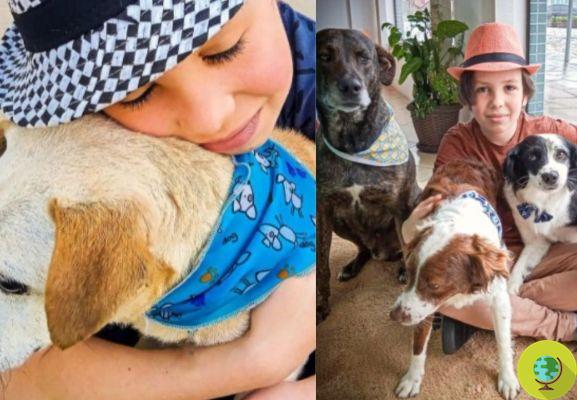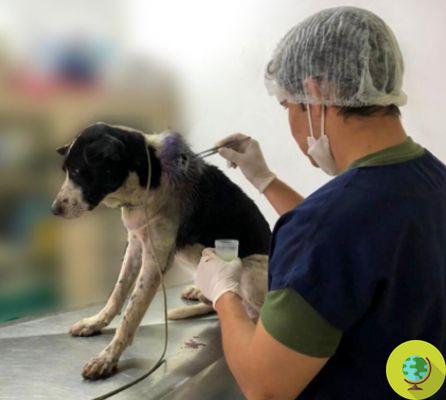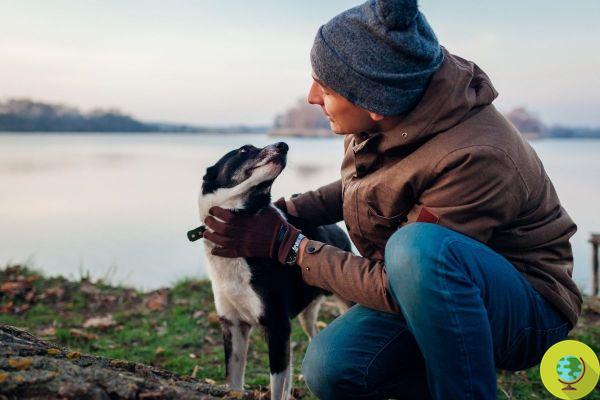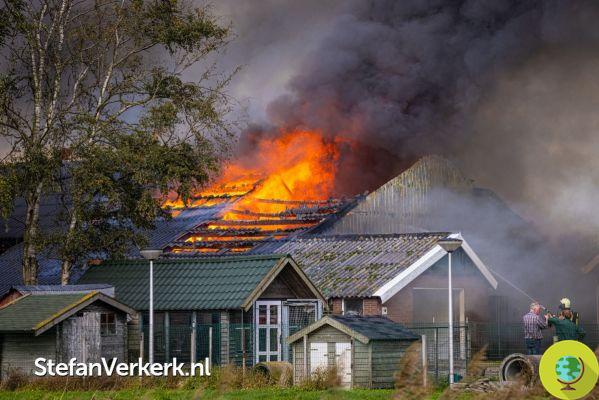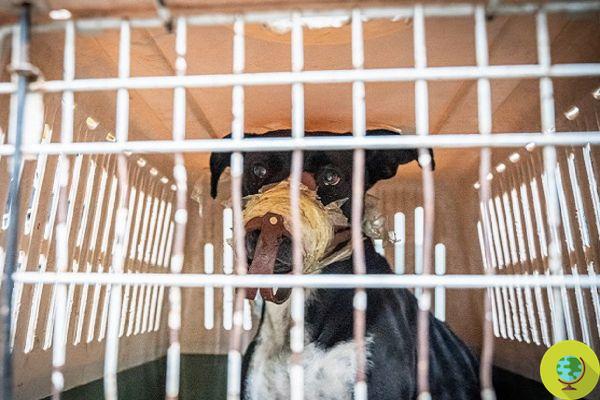They are known as the Chernobyl dogs. Wandering around the town, you can meet one of the 300 dogs that live there. These are the descendants of the animals left to live in the city. They are radioactive and it is forbidden to caress them
He is about to end up run over, his mother saves himThey are known as the Chernobyl dogs. Wandering around the town, you can meet one of the 300 dogs that live there. These are the descendants of the animals left to live in the city. They are radioactive and it is forbidden to caress them.
In 1986, in the aftermath of the disaster, residents were not allowed to bring pets and many dogs were sadly abandoned to their fate. Today their descendants still live in the area, and even if their life is not easy, the animals have formed a real community, cheerful and numerous. Admiring it up close was the Guardian.
“We are in the woods behind the Chernobyl power plant and a dog is running towards us. He is thin, with wrinkled fur and yellow eyes. Igor, our guide, caresses it, wrestles in the snow and shakes the frozen water from the trees. The dog's eyes are bright as Igor grabs a branch and throws it into the trees. Distracted, the animal chases him and our small group is free to move. But the dog reappears and drops the branch at Igor's feet. He throws it again. The dog brings it back ”reads the newspaper account.
About 300 stray dogs have learned to survive in the woods around the Chernobyl area, in an area of approximately 2.600 square kilometers. None of them experienced the 1986 abandonment, the gunshots of soldiers as the animals tried to chase the buses that carried away their human companions.
On the one hand, their abandonment, on the other, families in tears who begged the soldiers not to shoot the animals. Sad and atrocious stories. But today grandchildren and great-grandchildren of the surviving dogs roam Chernobyl and its surroundings. Their lives are short and hard as they have accumulated high levels of radiation. For this they have a reduced life expectancy. Many don't survive beyond six years, according to the Guardian. Not only. They have to endure even the harsh Ukrainian winters without adequate shelter.
Thankfully, if you can say so, those who live near the checkpoints in the area have huts made for them by the guards, and some are wise enough to congregate near the local café, often getting food. These dog gangs act as Chernobyl's unofficial mascots, there to welcome visitors who stop by Cafe Desyatka.
Those who visit Chernobyl cannot help but love them even if the dogs are often not stroked or approached for fear that they are contaminated.
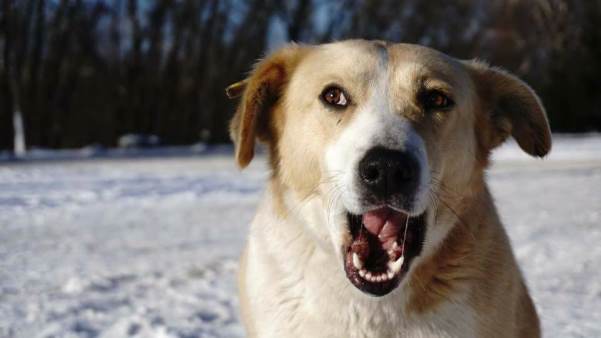
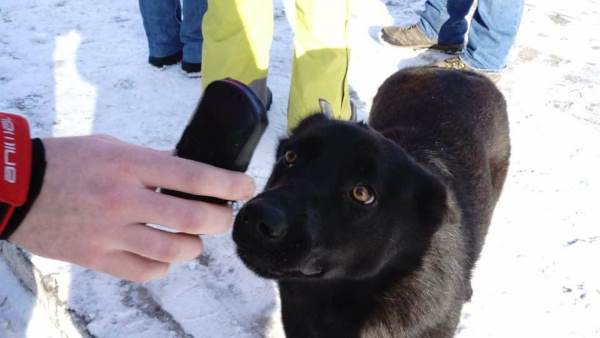
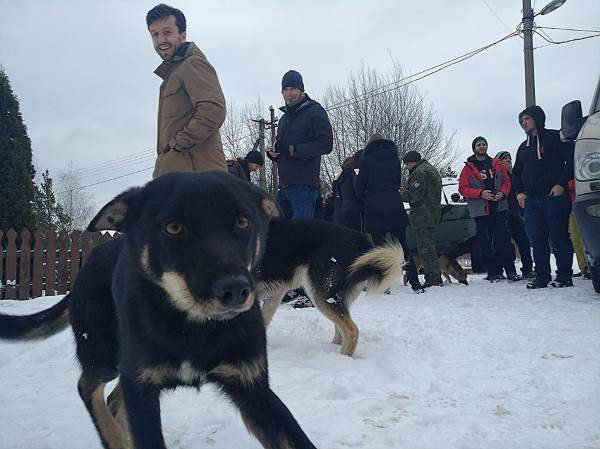
Taking care of their health is Clean Futures Fund, an American non-profit organization that helps communities affected by industrial accidents. Clean Futures Fund has set up three veterinary clinics in the area, including one inside the Chernobyl power plant. Here emergencies are treated and vaccines are made against rabies, parvovirus, distemper and hepatitis.
READ also:
- The documentary about the life of the radioactive puppies of Chernobyl (VIDEO)
- The invisibles of Chernobyl: what Belarus does not want us to see (PHOTO)
The Chernobyl plant was recently sealed under a new sarcophagus. Behind him the dogs play happily, regardless of what happened more than 30 years ago.
Francesca Mancuso
Photo: Solo East Travel




